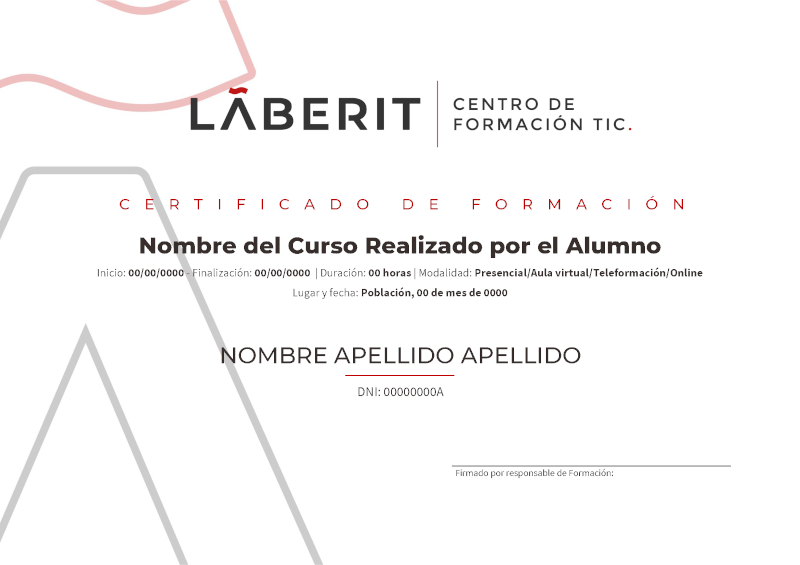The Solution Architect is responsible for the successful design, implementation, deployment and adoption of an overall solution. The Solution Architect ensures that the solution meets the customer’s needs now and in the future. In this course, students will learn about decisions a Solution Architect makes during an implementation, covering security, integrations, Power Apps architecture, Power Automate architecture, and more.
¿A quién va dirigido?
Senior Consultants (both functional and technical) that aspire to be Solution Architects, or current Solution Architects that are new to the role.








